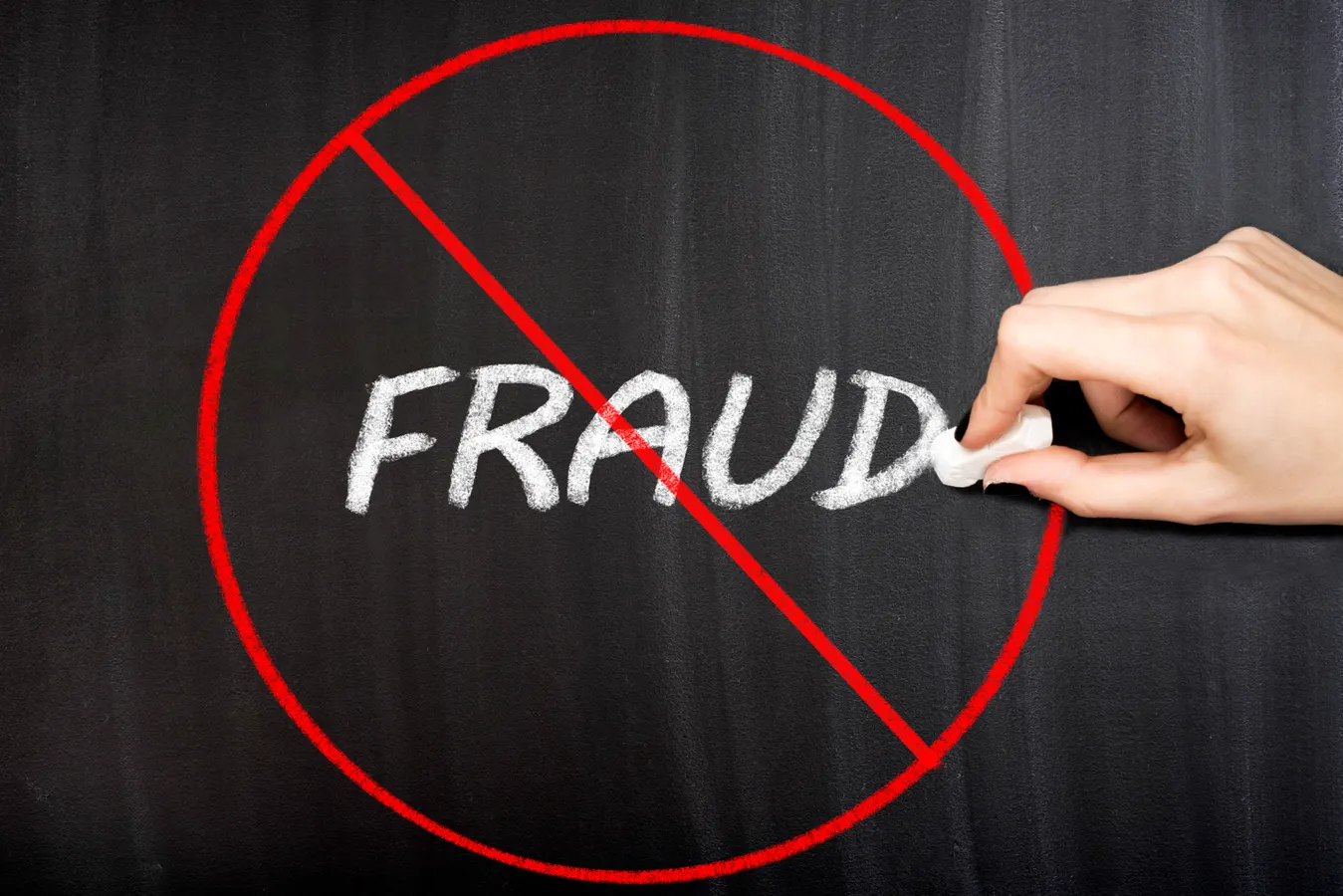What is FRAUD SCORE

Introduction
Every online transaction is given a fraud score number automatically by way of algorithms through computers in order to determine if an online purchase poses a high risk for fraud. For the sake of argument, let us say this level ranges from 0 to 100, based on the overall risk from ForPrivacyNET’s IP addresses.
Thus, if a transaction’s fraud score levels at 50, this shall prompt a manual review within the CC issuer wherein an agent (a real person) shall review and determine whether to allow or deny the purchase. Certain factors include contacting the cardholder, comparing spending data, location of purchase, monetary amount, risk assessment, etc. transactions with higher fraud scores will automatically decline. Simple enough, isn’t it?
Body
A transaction manually reviewed by an employee has nearly become a thing of the past. A red flag would not you agree? Algorithms detect every transaction scrutinising each client’s spending data, online shopping habits, purchase amounts, etc. One must not underestimate the power of big data either. Carding a $100 USD product from a low-grade cardable website compared to carding a $1000 USD product from Amazon will have a varying fraud score. Trying to bypass Amazon’s Anti-Fraud measures requires access to the CC holder’s email, so attempting to ‘test’ the CC prior to using it, as some do, is ill-advised. The credit card holder’s spending habits and their online behaviour are factors as well.
Connection to the website being made from an IP already associated with nefarious actions shall increase one’s fraud score for the website or financial institution and will contribute to declining the transaction and rendering the card unusable. Companies can identify when you’re connecting to their website from a VPN, Tor exit node, or other suspect IP addresses. Understand that when connecting to a website, you’re revealing a lot about your browser, location, extensions, configurations, etc. Which will be employed against you by these fraud prevention methods.
YELLOW ALERTS
• Is the user ordering from a free e-mail address?
• Does the customer’s phone number align with the user’s billing location?
• Does the BIN number from the card agree with the user’s declared place of residence?
• Does the user’s inputted name for the bank match their database for that BIN?
• Does the customer service phone number given by the user match that of the database for that BIN?
RED ALERTS
• Does the country that the user is ordering from align with where they claim to be ordering from?
• Is the user ordering from one of the designated high-risk countries?
• What is the likelihood that the user is employing an anonymous proxy?
• Is the user using an e-mail address that has been used for fraudulent orders before?
• Is the user using a username or password used previously for fraud?
Allow me to present an illustration of Fraud Score.
We shall utilise this online resource: https://scamalytics.com/ip/
Through this platform, we must ascertain if our Internet Protocol (TOR node, VPN, SOCKS, RDP) possesses a Fraud Risk measuring from zero to one hundred.
1. High Risk:
Search this IP: 185.220.101.42 (TOR)
And you will see: High Risk – Fraud Score: 80
2. Medium Risk:
IP: 185.220.101.145 (TOR)
Results: Medium Risk – Fraud Score: 33
Conclusion
To reduce your fraud score, it is essential to strive to appear like a normal, law-abiding customer and as close to the actual card holder as possible when making online purchases. This, once understood, can lower your fraud score and help to make reliable transactions.
